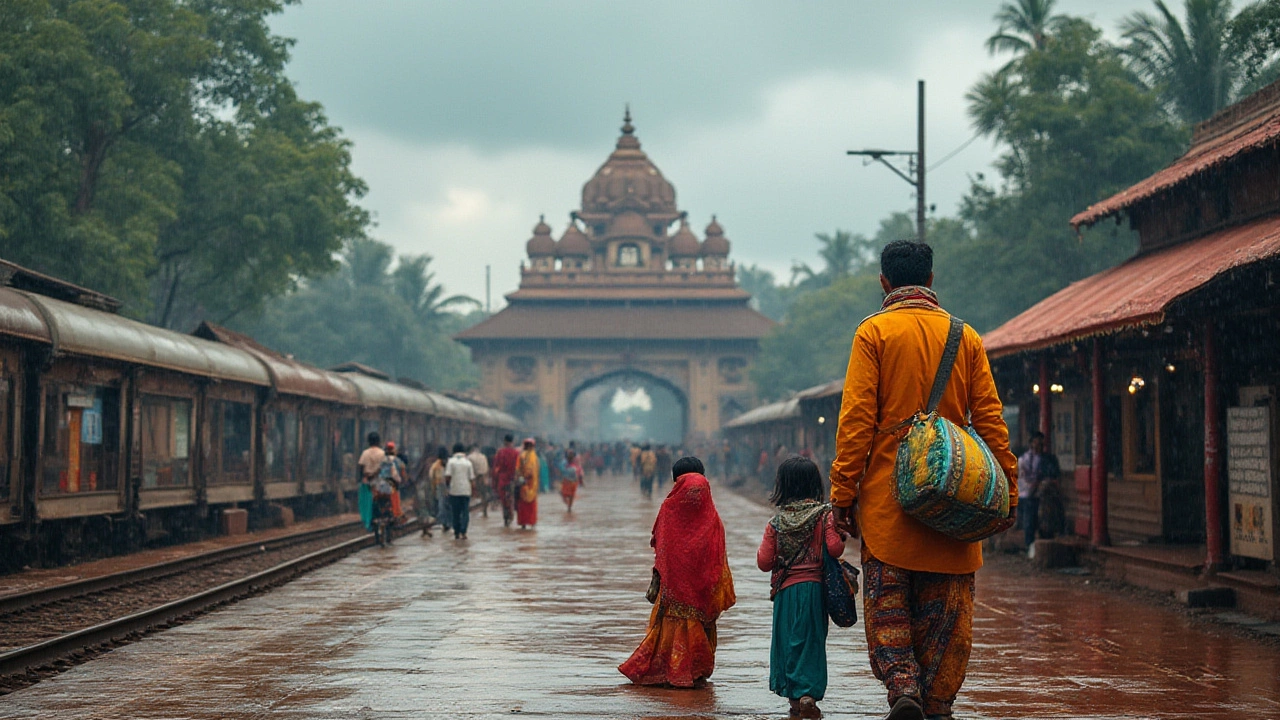SEARCH
Cheapest Month to Travel in India – Save Money on Your Trip
Looking for the best time to explore India without breaking the bank? The answer isn’t a single month for the whole country, but a few low‑price windows that can shave hundreds off your budget. Below we break down when prices dip, why they do, and how you can make the most of the cheap season.
Why Prices Drop in Certain Months
India’s travel costs follow the monsoon cycle and school holidays. When the monsoon hits most of the sub‑continent (June to September), demand for hotels, flights, and tours falls. Operators lower rates to fill rooms, and airlines slash fares to keep seats occupied. The same happens in the shoulder months of March and October, when the weather is still pleasant but crowds are thin.
Another factor is the regional climate. The Himalayas, for example, see their cheapest period in late September to early November, after the monsoon clears the air and before winter snow makes trekking expensive. In the south, May and early June are hot but still attract budget travelers because peak season hasn’t started yet.
Don’t forget festivals. Dates like Diwali or the Pushkar Camel Fair see price spikes due to high demand. If you plan around those events, expect to pay more for accommodation and transport.
Tips to Make the Most of the Cheap Season
1. Book flights early. Even in low‑demand months, airlines release flash sales. Set price alerts on sites like Skyscanner and grab tickets at least two months ahead.
2. Use flexible date searches. A shift of just one day can cut a fare by 15‑20 %. Look for mid‑week departures – Tuesdays and Wednesdays are usually cheapest.
3. Choose budget hotels or homestays. In the off‑season, many 3‑star hotels drop to 2‑star prices, and private rooms on platforms like Airbnb become bargains.
4. Travel by train. Indian Railways runs special low‑fare quotas during the monsoon. Booking a sleeper or second‑class AC ticket can be as cheap as $10‑$15 for long distances.
5. Eat local. Street food stalls and dhabas offer authentic meals for a fraction of restaurant prices. Look for places with locals lining up – that’s a good sign of quality and value.
6. Plan regional itineraries. Stick to one zone during the cheap month to avoid costly internal flights. For example, combine Delhi, Jaipur, and Agra in October, or explore Kerala’s backwaters in May.
7. Pack for the weather. Bring a light rain jacket for the monsoon and sunscreen for the hot shoulder months. Being prepared means you won’t need to spend extra on last‑minute gear.
By timing your trip to these low‑price windows and using the tricks above, you can travel across India for far less than the typical tourist budget. The cheapest month for you will depend on the region you want to see, but generally, September, October, March, and early June are the sweet spots.
Ready to book? Check the weather for your chosen destination, set those price alerts, and start packing. India’s rich culture, stunning landscapes, and warm hospitality are waiting – and now they’re more affordable than ever.

Cheapest Time to Travel to India: The Best Month for Budget Trips
Find out which month is cheapest to travel to India, with insider tips on flights, weather, and festivals to save money and have an unforgettable adventure.
Continue reading